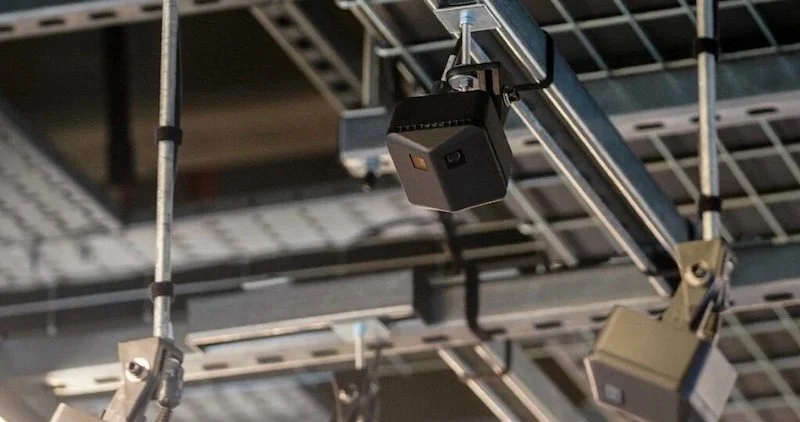The importance of access panels in commercial building projects
Access panels in commercial buildings are no longer an added benefit to a commercial building project; they’re vital components in modern building projects that provide easy entry to the building’s vital systems, such as HVAC, electrical installation, and plumbing, which are usually hidden within walls, floors, and/or ceilings.
These access points facilitate routine maintenance, repairs, and inspections of the building’s systems without imposing any significant disruptions to the building’s structure or aesthetic. Thus, they allow the maintenance personnel to keep the building’s systems running smoothly while also minimising downtime.
By integrating access panels into the design of a commercial building infrastructure, builders and property managers can ensure that the building remains functional and safe while minimising disruptions to occupants.
Types of Access Panels
While access panels perform the same function, they’re not universal, and there’s actually a wide variety of panels available for commercial use. Naturally, each of these types is use-specific, designed to meet the specific needs and requirements associated with its use.
Common types include standard access panels, fire-rated panels, and security panels, as well as a combination of these three types. Standard panels are used for general purposes, as they provide utility access to areas that generally don’t require any special consideration.
Fire-rated panels are not just essential but mandatory in areas that need to comply with fire safety regulations. They’re often used for electrical and HVAC systems, as they prevent the ingress or egress of potentially flammable gasses that might combust when exposed to electrical control elements (that tend to spark). Additionally, they’re flame retardant for added security.
Lastly, there are security access panels, which are specifically designed for high-security access or protection against unauthorised access. Fire rated panels are typically secured when used in HVAC and electrical applications to prevent unauthorised access.
These panels are typically made using different materials, ranging from metal and plastics, offering various levels of safety, durability, and resistance to different environmental factors. +
Installation and Placement
Access panels are strategically placed in vital areas of the building to enhance functionality and accessibility. Proper placement is typically dictated by relevant building codes and standards and ensures that maintenance personnel can easily reach the building’s systems and areas that require occasional adjustments or maintenance.
Besides placement, said guidelines and standards also dictate the size of the panel, the material they’re made of, and their specific locations in terms of height, facilitating easier access. This enhances the performance and efficiency of the building’s systems, as well as the performance and efficiency of those who maintain said systems.
As previously mentioned, access panel installation demands compliance with relevant building codes and standards, not just for accessibility and safety but also for legal reasons. Put simply, adhering to the aforementioned regulations helps prevent potential hazards, thus ensuring that the building meets all the necessary safety requirements.
Advantages of Access Panels
Access panels offer numerous advantages, especially when it comes to maintenance efficiency and cost savings. These panels provide quick and easy access to essential systems, thus reducing the time and effort necessary to perform regular adjustments, maintenance, repairs, and inspections.
This ease of access also minimizes disruptions to building occupants, as it allows the maintenance personnel to perform their duties more swiftly and with less disturbance to commercial occupants. Not only that, but access panels also help lower maintenance costs, as they eliminate - or at least significantly reduce - the need for extensive demolition and reconstruction when accessing different systems.
Additionally, access panels can be customised to adhere to your building’s aesthetics and can be hidden behind different wall panels for a more coherent look. Not only that but implementing these systems supports future modifications and upgrades to the building’s existing systems, as they make it much easier to accommodate certain changes.
In the end, by providing easier access and more efficient maintenance to the building’s various spaces, access panels contribute to the overall longevity and functionality of a particular commercial space.
Final Thoughts
In summary, access panels are an important component of modern construction, as they offer several benefits that improve the functionality, safety, and efficiency of commercial buildings. By integrating these access points into building plans, architects and builders provide easier access points for maintenance personnel, allowing them to perform their duties with ease.
Adequate implementations also ensure compliance with building codes. Thus, making informed decisions about the type, placement, and installation of access panels is essential for maximising their benefits and ensuring the long-term success of commercial building projects.































Continue reading…